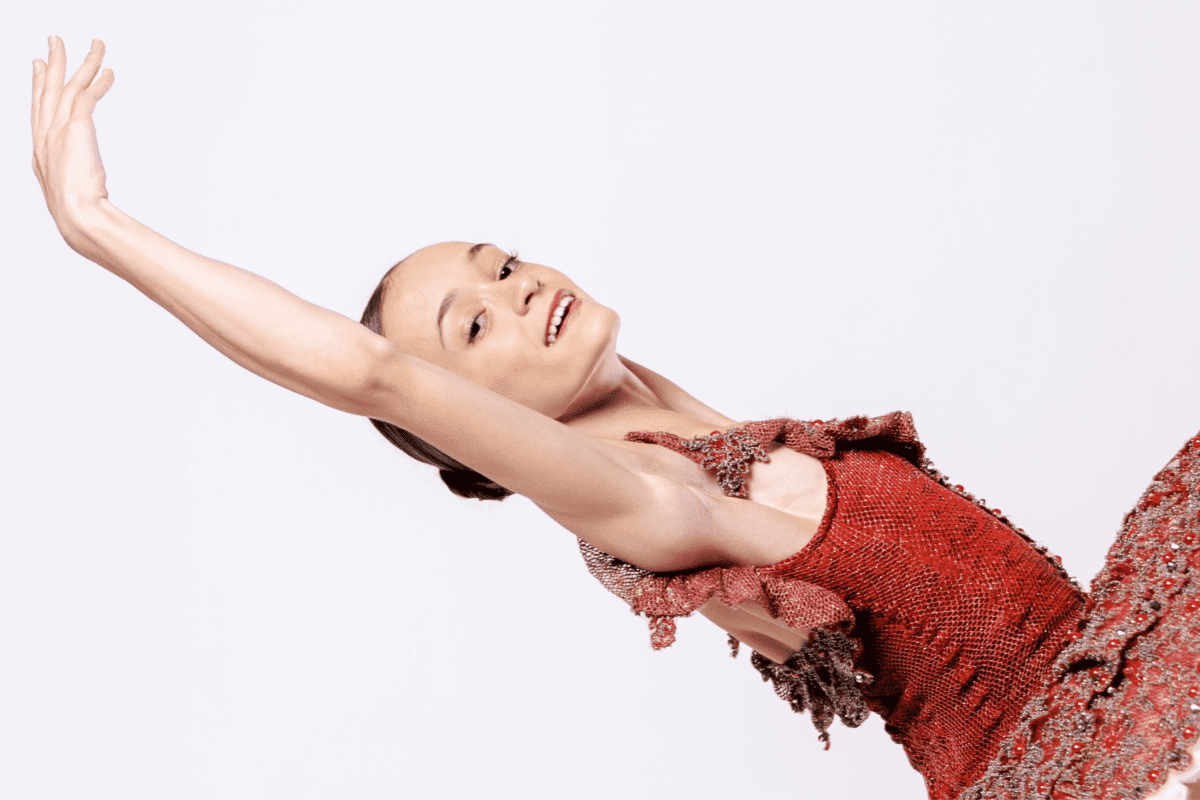25 Aug 2017
Due to my growing interest in choreographing, rehearsal directing, and program developing, I am currently researching about female choreographic opportunities for an honors project at university. Some people claim that women are not given the same jobs to progress in large-scale venues as men, and others believe that the opportunities are quite evenly spread. Even though my research does not definitely prove an imbalanced ratio between commissioned male and female choreographers, active professionals in the UK in particular, experience a clear difference in the type and amounts of jobs offered to both genders. For an additional perspective of the situation, I decided to interview Amy Brandt, a former dancer and now editor-and-chief of Pointe Magazine, when I was working at the Prix de Lausanne.
“I think that there are more men than women, for sure”, she answered when I asked her if there is an imbalance between male and female choreographers. Overall though, she thinks that women are simply not interested in exploring choreography. Most of them were not attracted to the job when she was dancing and completely consumed by it as a woman she said: “I never had breaks or even time to think about it, it did not interest me”. Asking female choreographers about the disproportion herself today, she notices how “they roll their eyes and say that there is not anything keeping them from doing it”. Even though the women she has talked to do not feel disregarded, she knows a lot of people would disagree and “say that there is some sort of systemic force holding women back”.
No matter the reason, Amy Brandt believes there is a disparity between opportunities for female and male choreographers, and therefore suggests that “there could be more of an effort to nurture [women] and give them more opportunities to create. Maybe sometimes they are overlooked”. Fortunately, in the United States, companies such as Ballet West and Boston Ballet are trying to make an effort to increase the amount of females on rosters and encourage the dancers to create work. Even though the issue is improving, she thinks we need to continue involving them in the community “for the sake of just having a variety of voices, variety of points of views. To see a female character on stage created from the point of view of a woman instead of the point of view of a man (…) is important”. However, getting stuck in identity politics is not part of what art is, and even though it is great to have diversity, the choreographer has to have the skill to say something with the art form, she concluded.
Yohan Stegli, contemporary variations coach at the Prix de Lausanne, gave an opposing view on the topic. Working with the National Youth Ballet of Germany, he said that they almost have more female choreographers than male choreographers. Even though he thinks it can depend on the country, he does not know the reason for why the ratio is quite equal where he is located today.
Even if places provide more or less opportunities to women compared to men, I believe key is to try to offer female and male choreographers comparable experiences. Implementing platforms and offering more commissions to women would develop an equal value and respect for dance that is created from the perspective of a man and a woman.



